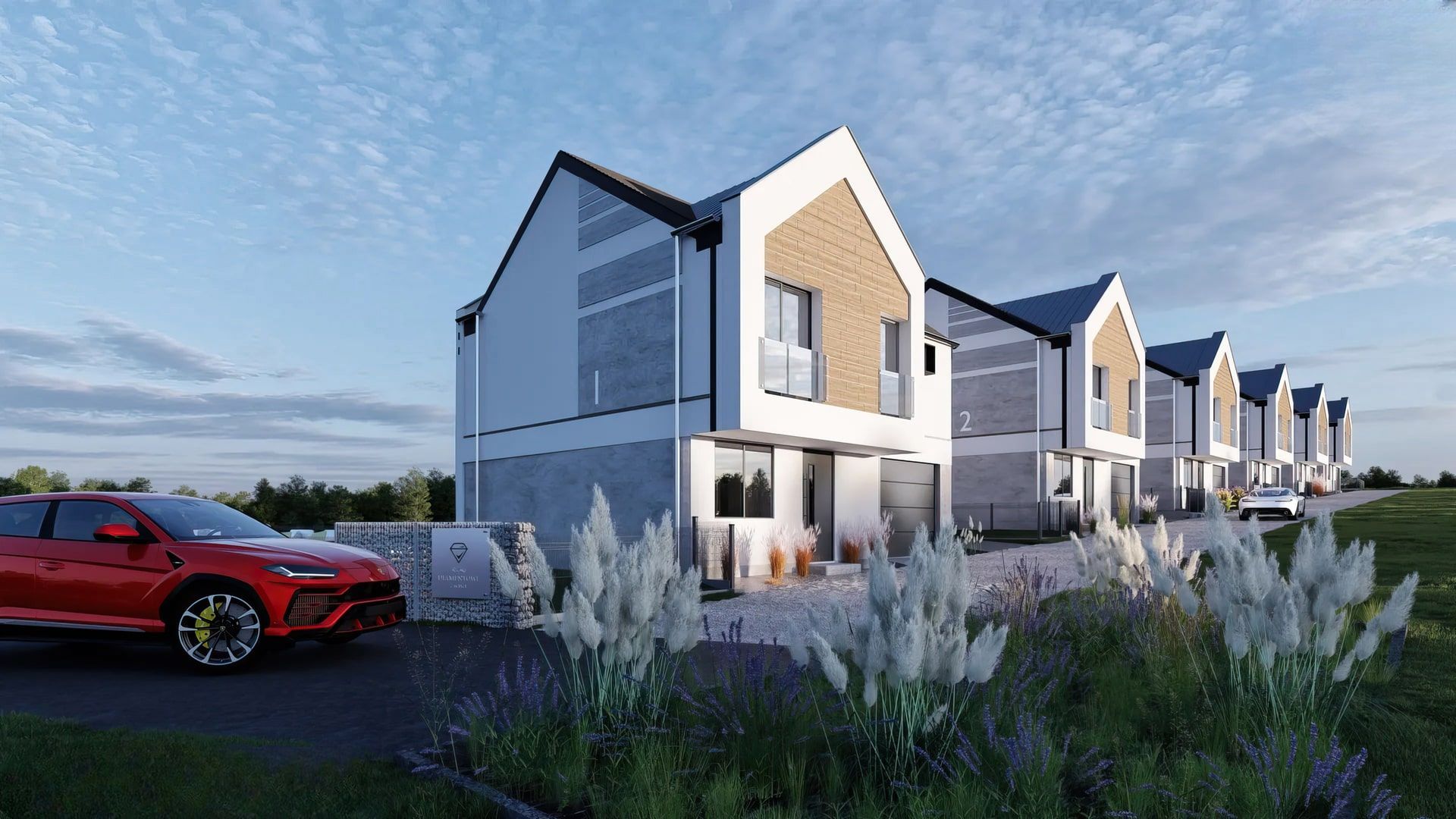
PhotoRealistic 3D Visualizations - Price & Time
...
Discover how photorealistic 3D architectural visualizations help real estate developers attract clients, build trust, and accelerate sales.
In the real estate development industry, first impressions matter – and 3D architectural visualizations can make that impact better than any words.
If you're a real estate developer or architect, you’re probably wondering how to capture the attention of potential clients and investors. How can you show them your projects so they feel as if they're already there, even before the foundation is laid?
The answer is photorealistic 3D architectural visualizations.
In this article, I’ll explain what these visualizations are, why they’re worth investing in, and how they can help you gain a competitive edge and speed up sales.
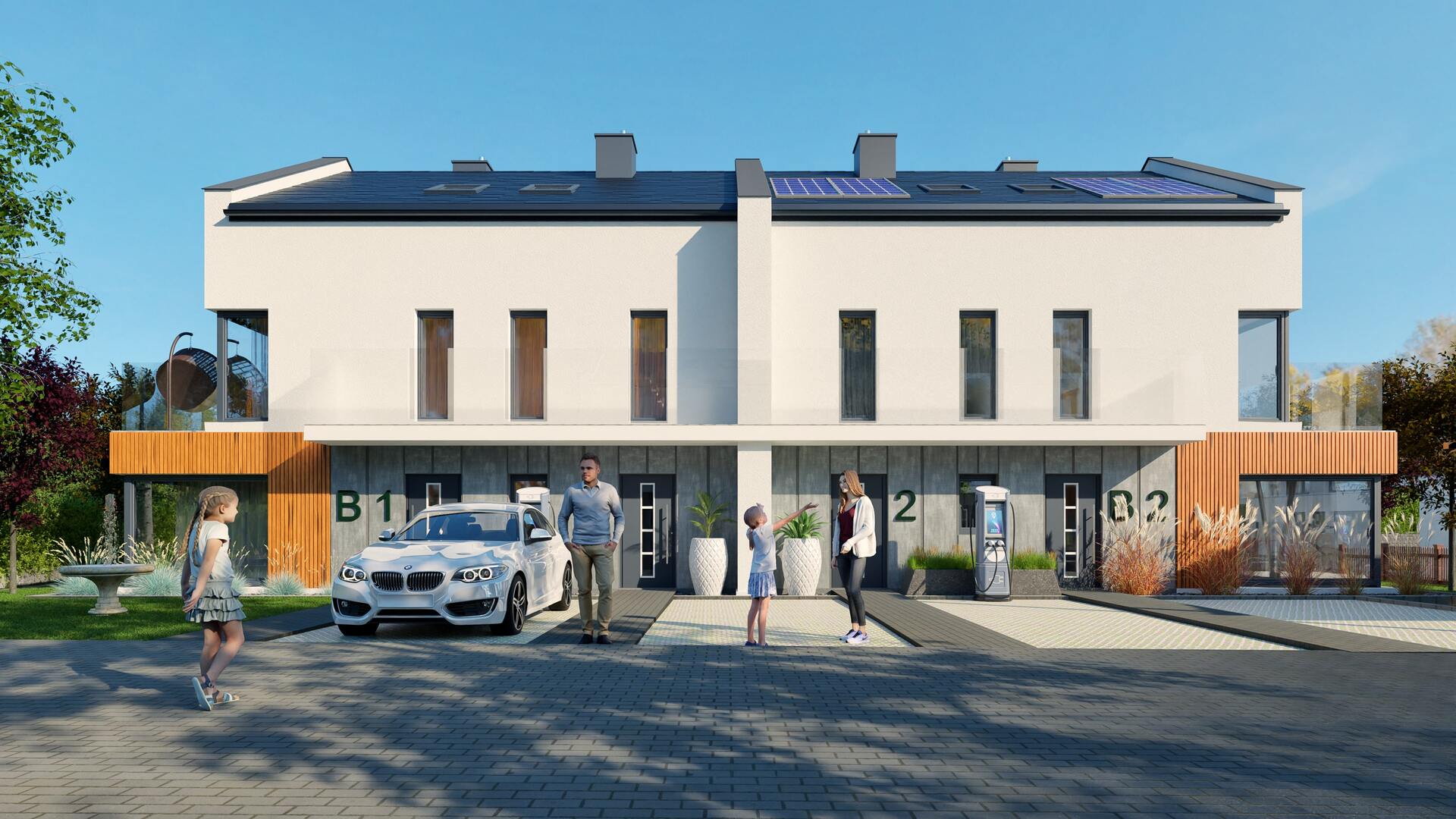
3D architectural visualizations are digitally generated images that present building projects in the most realistic way possible. Using advanced 3D modeling and rendering techniques, architects and real estate developers can create images that look like real photos of future buildings, interiors, and surroundings.
This tool allows clients to "see" the investment before it physically exists. Photorealistic 3D architectural visualizations replicate every detail – from material textures and lighting to shadows and small interior furnishings.
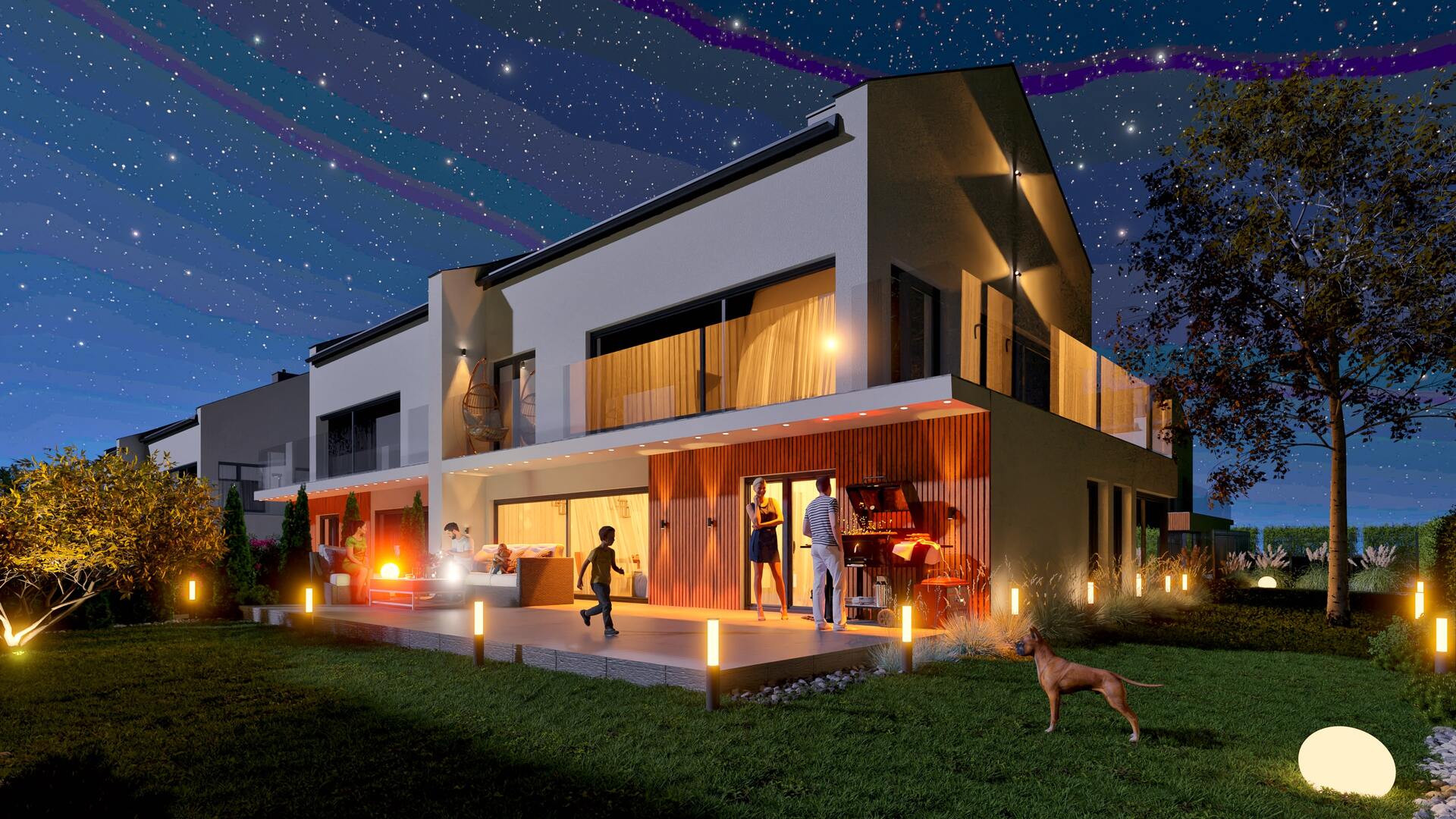
3D architectural visualizations are not just attractive graphics; they’re a powerful sales tool that directly impacts financial results and project presentation.
Instead of looking at flat plans or technical drawings, clients see a realistic image of the building. 3D architectural visualizations let them feel what the completed project will look like.
The real estate market is competitive, and projects need to stand out. Photorealistic 3D architectural visualizations attract attention and make a project more appealing than the competition’s offerings.
Realistic images build credibility for the project. Clients feel more confident investing in something they can "see" and understand.
3D architectural visualizations help convince potential buyers faster. When clients see the finished product, they make purchase decisions more quickly.
Photorealistic images are an excellent tool for presenting projects to investors, helping them better understand the real estate developer's and architect's vision.
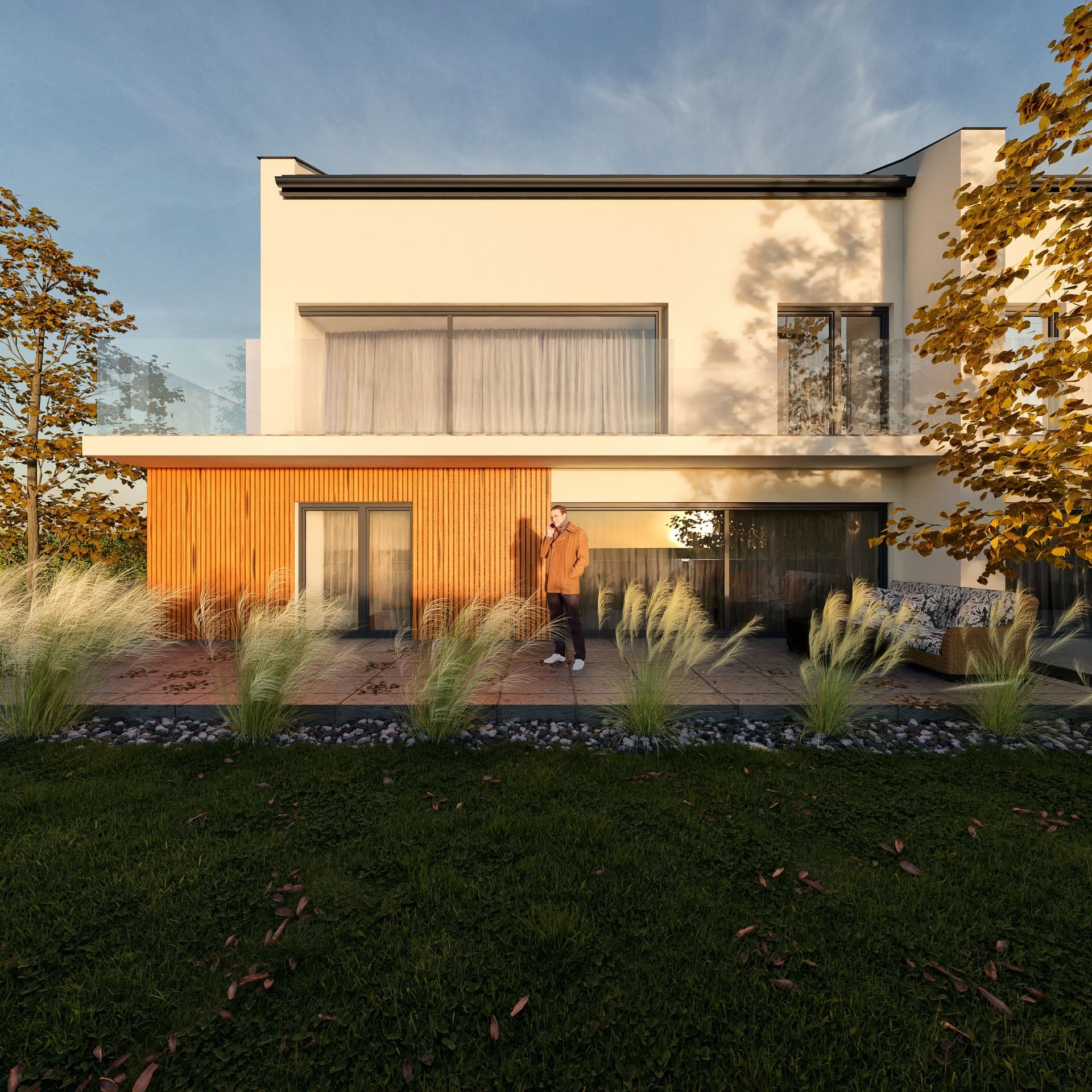
Creating an accurate 3D model of the project that reflects all structural elements of the building.
For a photorealistic visualization, the 3D model must have appropriate textures and materials that realistically represent actual surfaces, such as concrete, glass, wood, or metal.
Lighting setup is key to realism. Different light sources are used in 3D architectural visualizations so the image looks natural at different times of the day.
This is the stage where the 3D model is processed into a finished image. This process requires advanced equipment and specialized software to achieve maximum quality and realism.
The final touch – color correction, retouching, and adding additional elements (such as greenery, furniture, or people) that make the image look even more realistic.
Photorealistic 3D architectural visualizations have a wide range of uses and can be employed across various promotional materials:
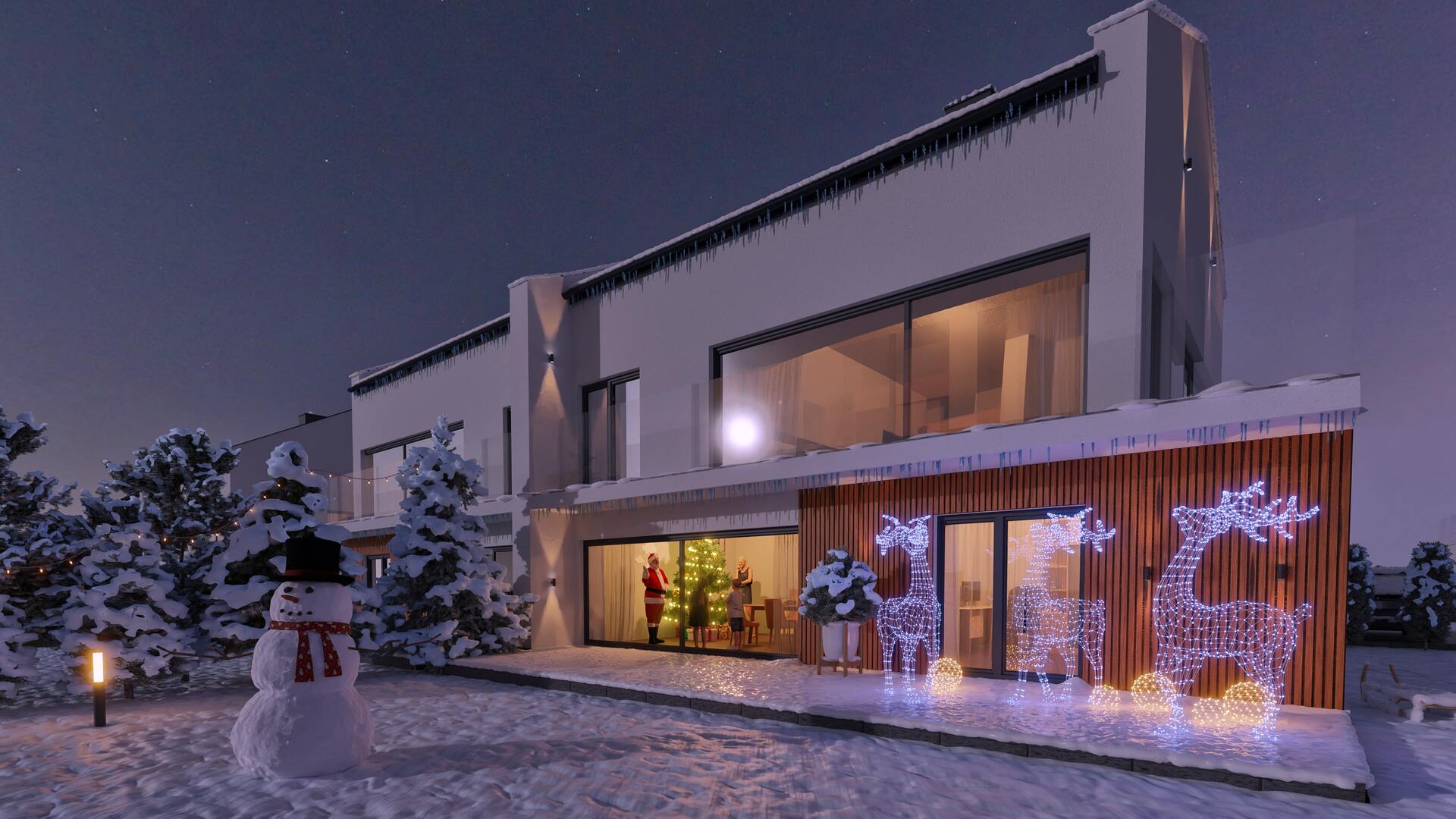
Photorealistic 3D architectural visualizations are a costly tool, but the value they add to a project is immense. In a time when clients expect the highest quality and realism, investing in professional visualizations is a step that can significantly influence sales success.
Ultimately, 3D architectural visualizations help sell emotions and vision – something that traditional sketches or plans cannot achieve.
Photorealistic 3D architectural visualizations are an investment that significantly increases the value and attractiveness of a project. They’re not just beautiful images but a powerful tool that builds emotions, attracts clients, and supports the sales process.
By investing in high-quality 3D architectural visualizations, you give your clients the chance to see the finished project – and that could be the decisive factor that makes them fall in love with your investment at first sight.
The cost depends on the project’s complexity, the level of detail, and rendering quality. It usually ranges from several hundred to several thousand dollars per single image. More complex and demanding projects may incur higher costs.
The time required depends on the project’s scale and detail but typically takes from several days to several weeks. Complex projects involving multiple visualizations or virtual tours may take longer.
Yes, many visualizations can be adapted to VR technology, allowing virtual tours of the project. This is particularly useful for luxury or large investments.
Yes, changes are possible but may involve additional costs and time. That’s why it’s important to outline all requirements and expectations for the project early on.
3D visualizations are static, high-quality images that present the project in intricate detail. Real-time rendering allows interactive exploration of the model but is often less detailed and realistic than traditional visualizations.
Yes, 3D visualizations are excellent for use on websites, in catalogs, brochures, social media, and advertising campaigns. They help capture the attention of potential clients and increase the project’s marketing value.
The key items are architectural plans, floor plans, cross-sections, material specifications, and preferences for visualization style. The more details you provide, the more realistic and in line with expectations the visualization will be.
No, 3D visualizations are effective for both large and small projects. They can be used to present individual interiors, entire buildings, as well as residential developments or commercial spaces.
The most popular programs for creating photorealistic visualizations are 3ds Max, V-Ray, Blender, SketchUp, and Corona Renderer. The choice of software depends on the specialist’s preference and project specifics, but all provide a high level of realism.
Yes, in addition to static images, you can create 3D animations that show the project in motion, such as a camera flyover around the building or inside rooms. Animations are more engaging but require more time and a larger budget.
Book a free consultation.
Sign up now for our free RendProletter and receive 1 email every week with a short summary of the best posts from our blog and emails with unique offers you won't find anywhere else!